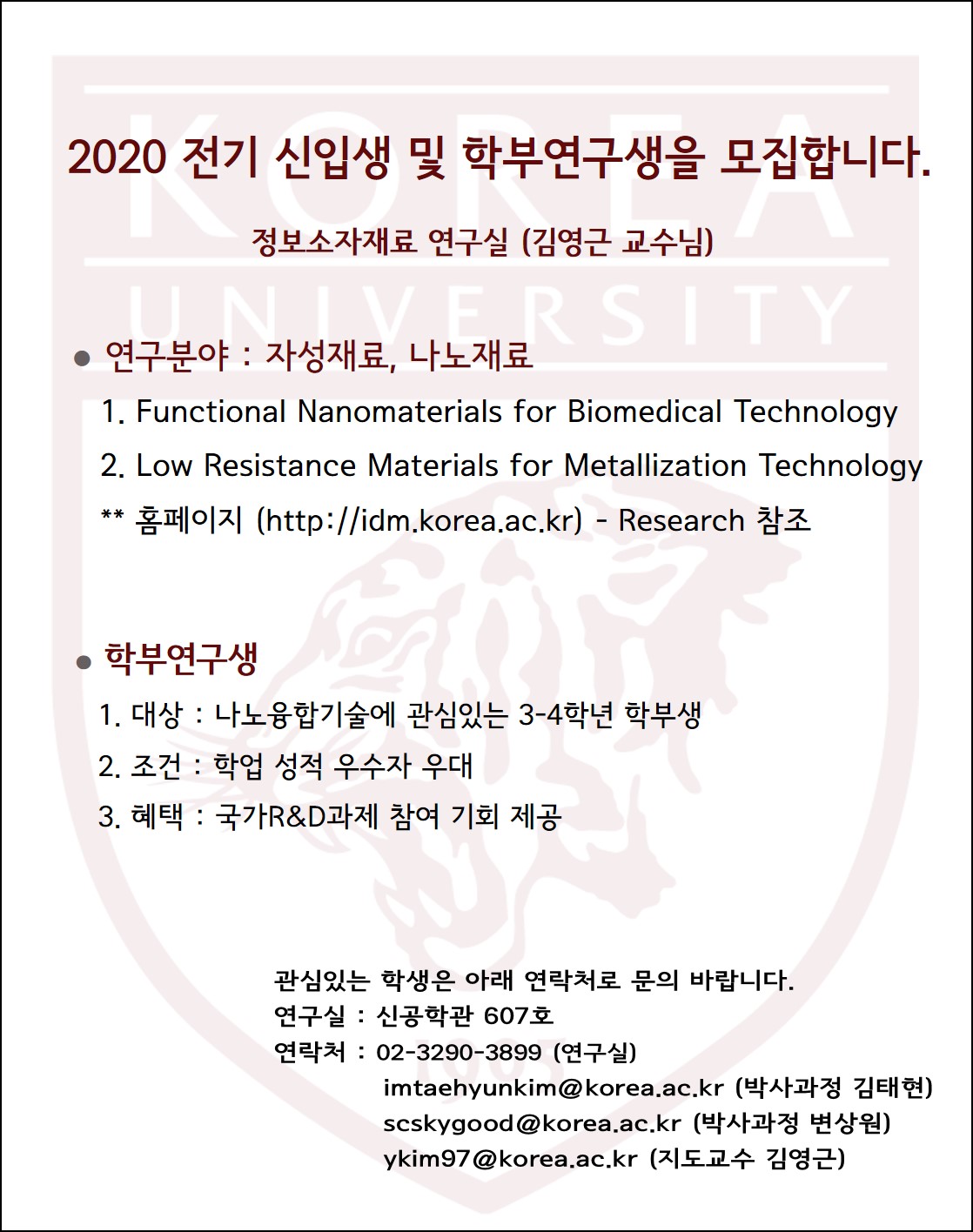한국공학한림원은 전국 공과대학생과 대학원생을 대상으로 시행한 ‘제1회 원익상’ 수상자 7명을 선정했다고 2022년 12월 14일 밝혔다.
원익상은 한국공학한림원이 전국 공과대학(원)생을 대상으로 수여하는 상으로, 소재ㆍ부품ㆍ장비 분야에서 창의적이고 도전적인 공학도를 발굴하여 시상함으로써, 공학기술 인재의 새로운 상(像)을 정립하고, 사회문제 해결에 적극적인 엔지니어로 성장할 수 있도록 격려 및 지원을 하기 위해 제정되었다.
2016년부터 2021년까지는 '차세대공학리더상'이라는 이름으로 수여되다, 올해부터 원익의 후원으로 '원익상'으로 상명이 변경되었다.
제1회 원익상 시상식은 2022년 12월 20일 오후 4시 서울 중구 소공동 웨스틴조선 호텔에서 공학한림원 정기총회와 함께 개최되었다.
The National Academy of Engineering of Korea(NAEK) announced on December 14, 2022, that it had selected seven winners of the '1st Wonik Award' which was conducted for engineering students and graduate students nationwide.
The Wonik Award is given by the NAEK to engineering college students nationwide. It was enacted to encourage and support students to grow into active engineers in solving social problems.
From 2016 to 2021, it was awarded under the 'Next Generation Engineering Leader Award', but this year, the award was changed to the 'Wonik Award' with the sponsorship of Wonik.
The 1st Wonik Award Ceremony was held on December 20, 2022, at 4:00 pm at the Westin Chosun Hotel in Sogong-dong, Jung-gu, Seoul along with the regular general meeting of the National Academy of Engineering.
연합뉴스: https://www.yna.co.kr/view/AKR20221214150100017?input=1195m
조선비즈: https://biz.chosun.com/science-chosun/science/2022/12/14/6ZTWRPT7O5DTVLQ43WMFZBFMMY/?utm_source=naver&utm_medium=original&utm_campaign=biz
공과대학 뉴스: https://eng.korea.ac.kr/eng/community/review.do?mode=view&articleNo=312499&article.offset=10&articleLimit=10&totalNoticeYn=N&totalBoardNo=
















